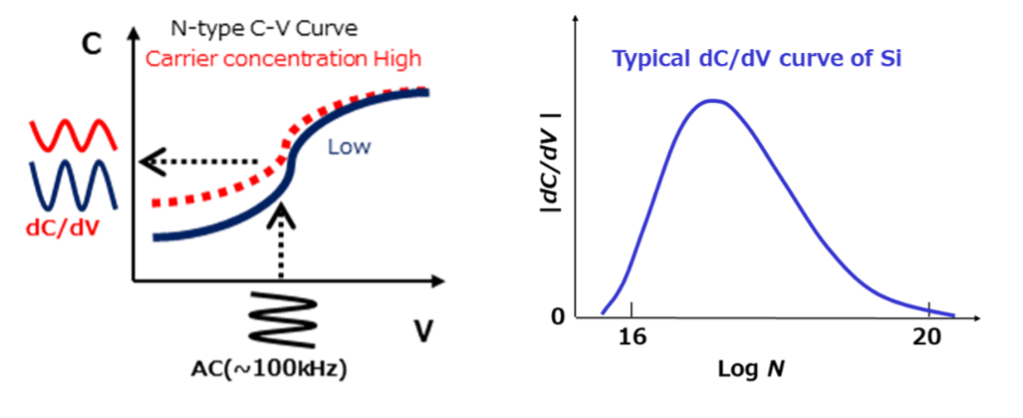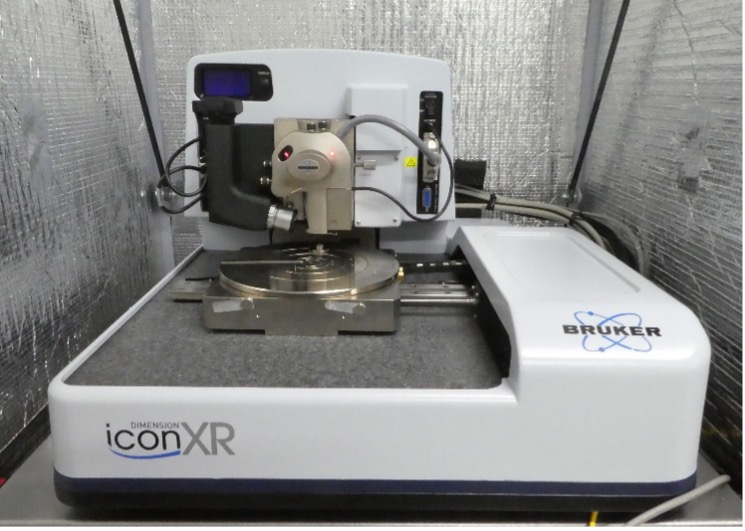Scanning Capacitance Microscopy (SCM)

Precise sample preparation and SCM analysis technology enable the evaluation of carrier distribution in semiconductors.
Application areas: semiconductors (Si, GaAs, InP, SiC, GaN, IGZO etc.)
Strengths
- Evaluation of carrier distribution in localized areas.
- Wide measurement range from low concentration (just under 1E16 cm-3) to high concentration (about 1E20 cm-3)
Limitations
- Measurement range is from just under 1E16 cm-3 to about 1E20 cm-3.
- It is difficult to measure large steps or very thin layers of low concentration.
- The spatial resolution depends on the carrier concentration: it is about 20 nm in high-concentration layers and about 100 nm in low-concentration layers.



